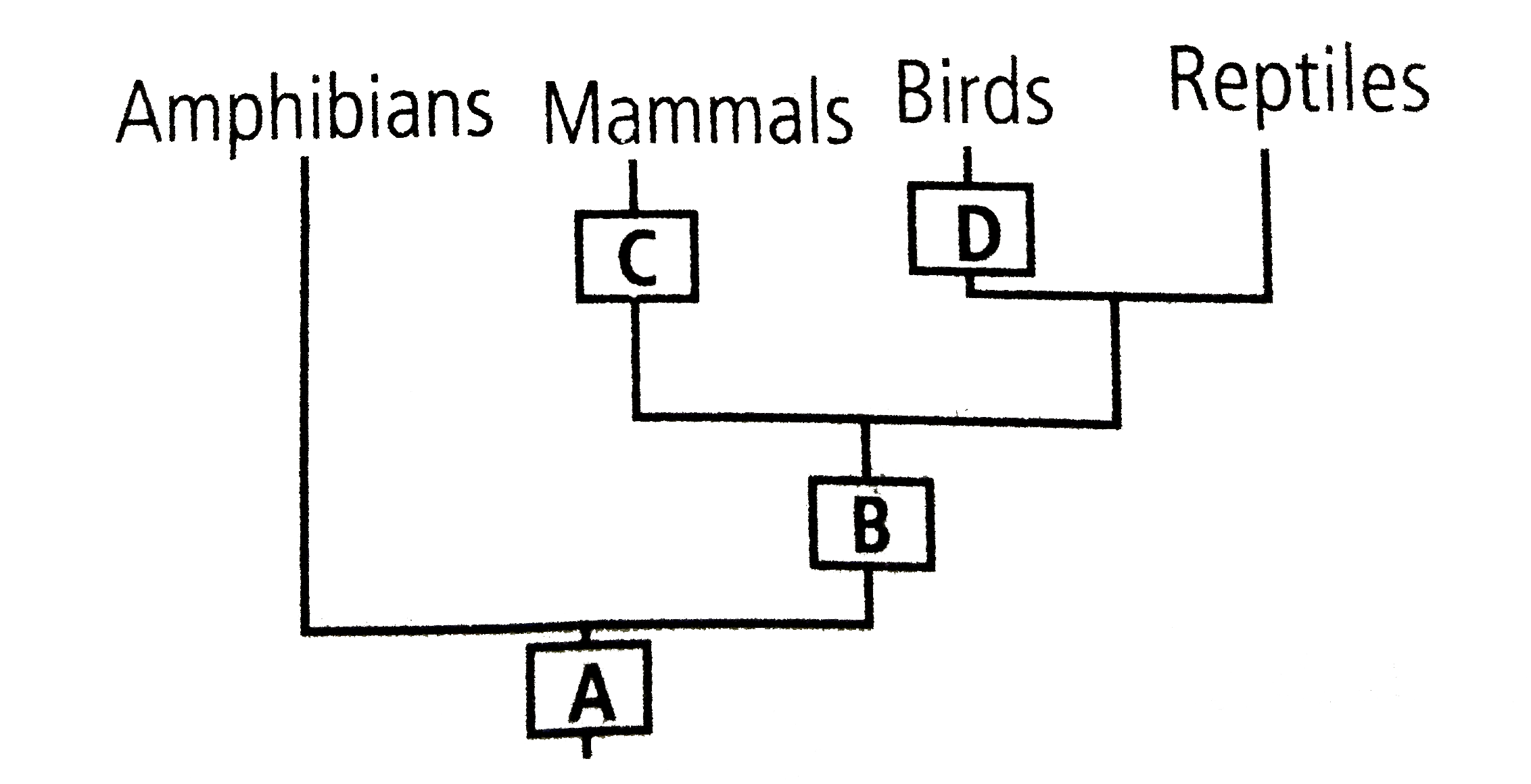Mark the correct options
A) The luminous efficiency of a monochromatic source is always greater than that of a white light source of same power.
B) The luminous efficiency of a monochromatic source of wavelength 555 nm is always greater than that of white light source of same power.
C) The illuminating power of a monochromatic source of wavelength 555 nm is always greater than that of a white light source of same power.
D) The illuminating power of a monochromatic source is always greater than that of a white light source of same power.
The correct Answer is:B, C
To solve the question regarding the luminous efficiency and illuminating power of monochromatic and white light sources, we will analyze each option step by step.
1. Understanding Luminous Efficiency:
- Luminous efficiency is defined as the ratio of luminous flux (in lumens) to power (in watts) consumed by a light source. It indicates how well a light source converts power into visible light.
2. Analyzing Option A:
- Statement: The luminous efficiency of a monochromatic source is always greater than that of a white light source of the same power.
- Evaluation: This statement is incorrect. A monochromatic source may emit light at wavelengths far from 555 nm, where human vision is less sensitive, leading to lower luminous efficiency compared to white light.
3. Analyzing Option B:
- Statement: The luminous efficiency of a monochromatic source of wavelength 555 nm is always greater than that of white light of the same power.
- Evaluation: This statement is correct. The human eye is most sensitive to light at 555 nm, where luminous efficiency is defined as unity (1). Therefore, a monochromatic source at this wavelength will have the highest luminous efficiency.
4. Analyzing Option C:
- Statement: The illuminating power of a monochromatic source of wavelength 555 nm is always greater than that of a white source of the same power.
- Evaluation: This statement is correct. White light spreads its energy across various wavelengths, some of which are not perceived as brightly as 555 nm. Thus, a monochromatic source at 555 nm will have higher illuminating power.
5. Analyzing Option D:
- Statement: The illuminating power of a monochromatic source is always greater than that of a white source of the same power.
- Evaluation: This statement is incorrect. If the monochromatic light is at a wavelength far from 555 nm, it will not be perceived as bright, resulting in lower illuminating power compared to white light.
Summary of Correct Options:
- Correct Options: B and C
- Incorrect Options: A and D
- Luminous efficiency is defined as the ratio of luminous flux (in lumens) to power (in watts) consumed by a light source. It indicates how well a light source converts power into visible light.
- Statement: The luminous efficiency of a monochromatic source is always greater than that of a white light source of the same power.
- Evaluation: This statement is incorrect. A monochromatic source may emit light at wavelengths far from 555 nm, where human vision is less sensitive, leading to lower luminous efficiency compared to white light.
- Statement: The luminous efficiency of a monochromatic source of wavelength 555 nm is always greater than that of white light of the same power.
- Evaluation: This statement is correct. The human eye is most sensitive to light at 555 nm, where luminous efficiency is defined as unity (1). Therefore, a monochromatic source at this wavelength will have the highest luminous efficiency.
- Statement: The illuminating power of a monochromatic source of wavelength 555 nm is always greater than that of a white source of the same power.
- Evaluation: This statement is correct. White light spreads its energy across various wavelengths, some of which are not perceived as brightly as 555 nm. Thus, a monochromatic source at 555 nm will have higher illuminating power.
- Statement: The illuminating power of a monochromatic source is always greater than that of a white source of the same power.
- Evaluation: This statement is incorrect. If the monochromatic light is at a wavelength far from 555 nm, it will not be perceived as bright, resulting in lower illuminating power compared to white light.
- Correct Options: B and C
- Incorrect Options: A and D
Topper's Solved these Questions
- PHOTO ELECTRIC EFFECT AND WAVE PARTICLE DUALITYBOOK - HC VERMA ENGLISHCHAPTER - PHOTO ELECTRIC EFFECT AND WAVE PARTICLE DUALITYEXERCISE - question for short answer
13 Videos
- SEMICONDUCTOR AND SEMICONDUCTOR DEVICESBOOK - HC VERMA ENGLISHCHAPTER - SEMICONDUCTOR AND SEMICONDUCTOR DEVICESEXERCISE - Question for short answer
11 Videos
Similar Questions
Knowledge Check
Animal classification is depicted below. Mark the correct option.
 AA-Limbs
AA-Limbs
B-Egg with amnion membrane
C-Milk, hair
D-FeathersBA-Egg with amnion membrane
B-Limbs
C-Milk, hair
D-FeathersCA-Swin bladder
B-Limbs
C-Milk,hair
D-FeathersDA-Milk, hair
B-Limbs
C-Egg with amnion membrane
D-Feathers
Mark the correct option regarding accessory pigment molecules
View SolutionMark the correct option w.r.t. hydroponics
View SolutionMark the correct option (w.r.t monosomy)
View SolutionMark the correct option(s) out of the following:
View SolutionMark the correct option w.r.t. informosomes.
View SolutionMark the correct option w.r.t. critical elements
View SolutionMark the correct option w.r.t. analogous structures.
View Solution
